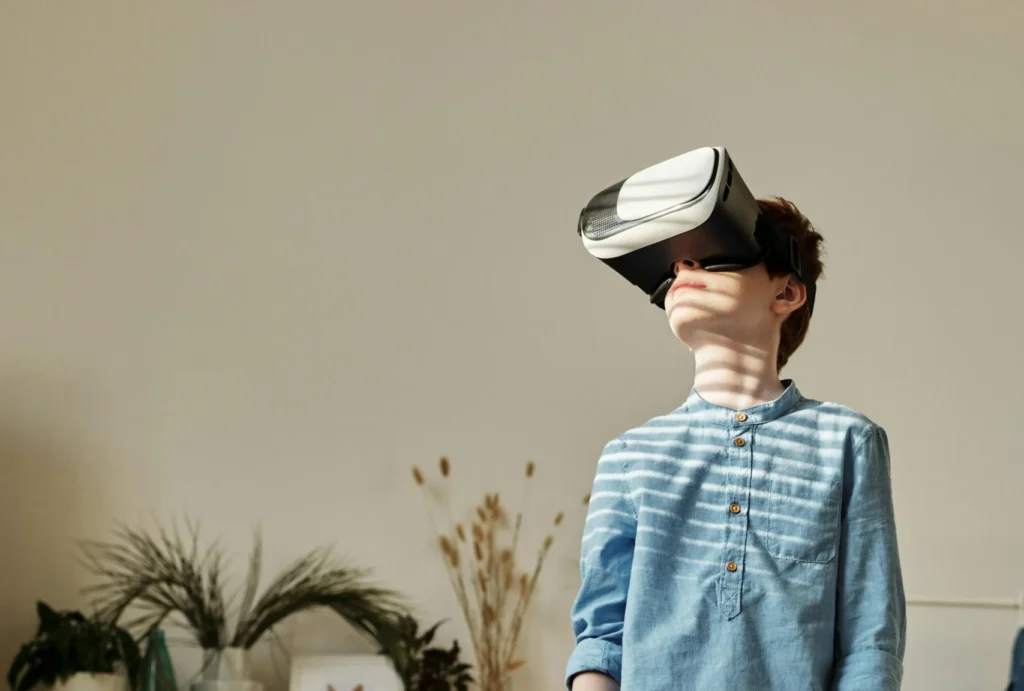
Elon Musk’s Neuralink isn’t just a tech curiosity anymore—it’s quickly becoming one of the most talked-about breakthroughs in neurotechnology. The startup’s mission is ambitious: create a brain-computer interface (BCI) that enables humans to interact with devices using only their thoughts. As of 2025, Neuralink has transitioned from concept to reality, with its first successful human trials already changing lives.
Neuralink was founded in 2016 with the goal of merging human cognition with artificial intelligence. In simple terms, the company wants to create a direct communication pathway between the brain and computers. This could enable people to control phones, computers, prosthetics, and more—just by thinking. But beyond convenience, the most immediate applications are medical, particularly for patients suffering from paralysis, ALS, spinal cord injuries, or neurological disorders.
The biggest milestone came in January 2024 when Neuralink implanted its first brain device into a human patient. That patient, Noland Arbaugh, had been paralyzed from the shoulders down since a diving accident in 2016. Post-surgery, Arbaugh could control a computer cursor using only his thoughts. He quickly learned to browse the web, play chess online, and even manage YouTube—all through mental activity alone.
The device, known as “Telepathy,” is a coin-sized chip implanted into the skull. It has over 1,000 electrodes that read neural activity and translate it into digital commands. This chip is paired with a wireless receiver that connects to external devices. Neuralink uses a custom-built surgical robot to perform the delicate implantation procedure, aiming for precision and minimal invasiveness.
Shortly after Arbaugh’s story broke, Neuralink confirmed a second human patient had received the implant and was also showing promising results. Known publicly only as “Alex,” the second user reported using the implant to play competitive video games like Counter-Strike 2 and design 3D environments.
Then came a third milestone in early 2025. Brad Smith, a 41-year-old ALS patient from Arizona, became the first non-verbal individual to use Neuralink’s implant to communicate. Using the brain chip, Smith was able to type on a digital keyboard and even edit videos. Neuralink also developed a voice synthesizer that mimicked Brad’s pre-ALS voice using AI, allowing him to hold live conversations for the first time in years.
These three patient stories illustrate just how quickly Neuralink is moving. What was once a bold promise on stage during Musk’s presentations is now a working prototype improving lives. Still, Neuralink is far from mainstream. There are major hurdles ahead, both technical and ethical. Surgical risks, long-term stability of the device, privacy concerns, and potential misuse of the technology all loom large. The regulatory landscape, especially from the FDA, also plays a crucial role in determining how widely and how soon this tech can be adopted.
The company has stated that its next phase involves refining the device for broader clinical trials. Musk has also hinted at future applications that extend beyond medical use—such as cognitive enhancement, memory improvement, and eventually human-AI symbiosis. While those ideas remain speculative, the current progress suggests they may not be as far-fetched as once believed.
Another area of interest is scalability. Right now, the device requires a high-precision surgical robot and expert medical oversight. For mass adoption—especially in countries with limited healthcare access—Neuralink would need to make its process faster, cheaper, and safer. Musk has said that the eventual goal is a “same-day outpatient procedure,” much like LASIK surgery.
Ethical concerns are growing as well. With direct access to neural data, companies like Neuralink must navigate how to protect user privacy and autonomy. Could thoughts be tracked? Could the device be hacked? How do we define consent when dealing with the brain’s most private data?
Still, the fact that paralyzed patients are now able to control computers with their thoughts is nothing short of revolutionary. It demonstrates that BCI is no longer science fiction. Whether it becomes a mainstream tool for millions or remains a niche medical solution, Neuralink has already proven that the brain and computer can communicate in meaningful ways.
As 2025 unfolds, all eyes are on Neuralink. It’s one of the few technologies today that could redefine what it means to be human—blurring the lines between mind and machine, thought and action. And from what we’ve seen so far, this is just the beginning.


